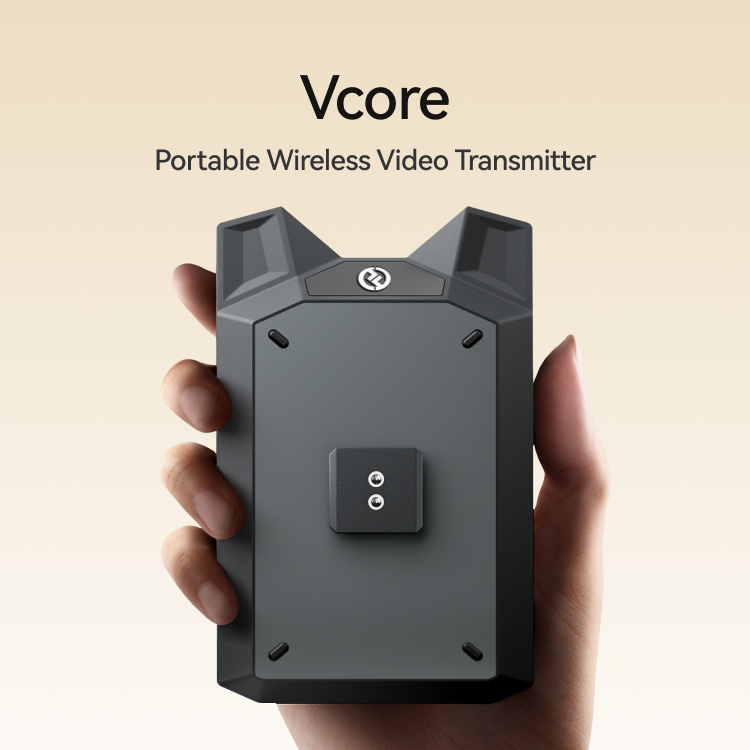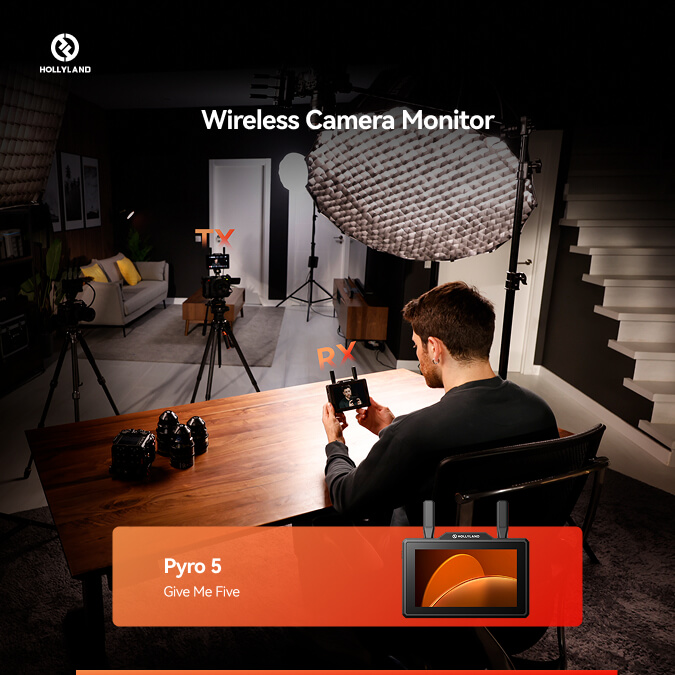Going live on Twitch usually means opening your stream to anyone in the world. But what if you want a private space to test your setup, share with a few friends, or practice before a big event? While Twitch doesn’t include a simple private stream feature, there are reliable methods that make it possible.
Having dependable gear makes the process easier, especially when you want uninterrupted streaming. A camera like the Hollyland VenusLiv Air can help, offering 24/7 streaming support and a 1/1.3″ CMOS sensor to keep private sessions clear, stable, and professional.


Hollyland VenusLiv Air - Compact 4K Streaming Camera
A compact, all-in-one 4K live streaming camera with a large sensor and fast lens, featuring AI-powered tools.
Key Features: 4K30 | 1/1.3″ CMOS | AI Tuning | 24/7 Streaming
Benefits of a Private Stream
Private streaming on Twitch can transform how you share and test your content. Here are some of the main benefits:
Controlled Audience
Private streaming lets you decide who can watch. This is perfect for hosting exclusive events with friends, family, or VIP members. It also lets you test new ideas in a smaller setting before going public. You can even create a safer environment for younger viewers or sensitive topics.
Enhanced Interaction
A smaller audience often means stronger engagement. Viewers feel more comfortable sharing feedback, which helps you refine your content. You can connect on a personal level and even host Q&A sessions where everyone feels included.
Privacy and Security
Private streams keep out trolls, protect sensitive information, and ensure your content is shared only with trusted viewers.
Method 1: Create a Secondary Hidden Account
One simple way to make your stream less visible is to use a new secondary account.
- Sign up for a new Twitch account. Keep it separate from your main profile.
- Open the Creator Dashboard, go to Stream Manager, and click Edit Stream Info.



- Avoid adding metadata. Leave out categories, tags, or keywords that could make your stream appear in search.

- Share the direct link with trusted friends or family so only they can join.
This approach is easy to set up and gives you more control, but it’s not truly private. Even without categories or tags, Twitch may still recommend your stream to random viewers. That means you can’t guarantee complete privacy.
However, it’s still a useful option for new streamers who want to practice going live, test how they sound, or build confidence before broadcasting to a wider audience.
Method 2: Stream in Subscriber-Only Streams
Another way to narrow your audience is by using Subscriber Streams. This option is built into Twitch, so you don’t need any extra tools. It’s not fully private, but it does restrict who can watch your stream. Only subscribers, VIPs, and moderators gain full access, which makes it feel more exclusive.
Requirements for a Subscriber Stream
To unlock subscriber-only streams, you must first meet specific Twitch requirements.
- You need to be a Twitch Affiliate or Partner.
- You must have streamed on at least 90 unique days as an Affiliate or Partner.
- Your account must be free of violations during those 90 broadcast days. If you received a suspension, you’ll need to complete another 90 unique days without breaking community guidelines.
These rules ensure that only consistent and trusted creators can host subscriber-only streams, keeping the feature limited to established channels.
How to start a Subscriber-Only Stream
Starting a subscriber-only stream is simple once you know where to look.
- Log in to your Twitch account and open the Creator Dashboard.
- Find the Quick Actions panel on the right side of your screen. Click the purple pencil icon labeled Edit Stream Info.

- In the Audience section, change the setting from Everyone to Subscribers only.

Tips for a Smoother Streaming Experience
Improving your stream quality takes consistency and attention to detail. Keeping a few basics in check can make every session more enjoyable.
Stable Internet
A reliable internet connection prevents interruptions and keeps your stream running smoothly.
Software
Choose the right streaming software and encoder to ensure smooth performance and steady frame rates.
Good Setup, Mic, and Camera
Use a capable system with strong RAM and graphics support. Invest in a high-quality microphone so your audience can hear you clearly. Add a quality camera if you want to include face streaming for stronger engagement.
Conclusion
Private streaming on Twitch may not be straightforward, but it’s possible with the right methods. Whether you use a hidden account or subscriber-only mode, both options give you more control over your audience. The key is to choose the approach that fits your goals. Start experimenting, practice in private, and build the confidence you need before going fully public.
FAQs
Can you stop someone from seeing your stream on Twitch?
Yes, Twitch gives you the option to block unwanted viewers from your live streams. If you own the channel, you can enable this in your Moderation Settings. Find a toggle labeled “Stop banned users from viewing stream.” Once turned on, anyone you ban will no longer be able to watch your broadcasts.
Why can’t I find someone on Twitch?
If a channel is missing from search results, there are a few possible reasons. The account may be banned, which removes it from visibility. Some creators also use geoblocking, meaning their streams are restricted in certain regions. Another reason is inactivity. If a channel has not streamed in the past 365 days, it will not appear in search.
Does Twitch have password-protected streams?
Twitch doesn’t offer password-protected streams. The platform once had this option, but it has since been removed. If you want to stream with a password, you’ll need to look at other platforms like YouTube or Vimeo. On Twitch, you can only limit access through tools like subscriber-only mode or by banning unwanted viewers.
Can I limit Subscriber Streams to higher tiers only?
At the moment, Twitch doesn’t let you restrict subscriber-only streams to specific tiers. All subscribers, whether Tier 1, Tier 2, or Tier 3, have equal access to these broadcasts. This keeps the feature simple and ensures that every paying supporter can enjoy your exclusive content.
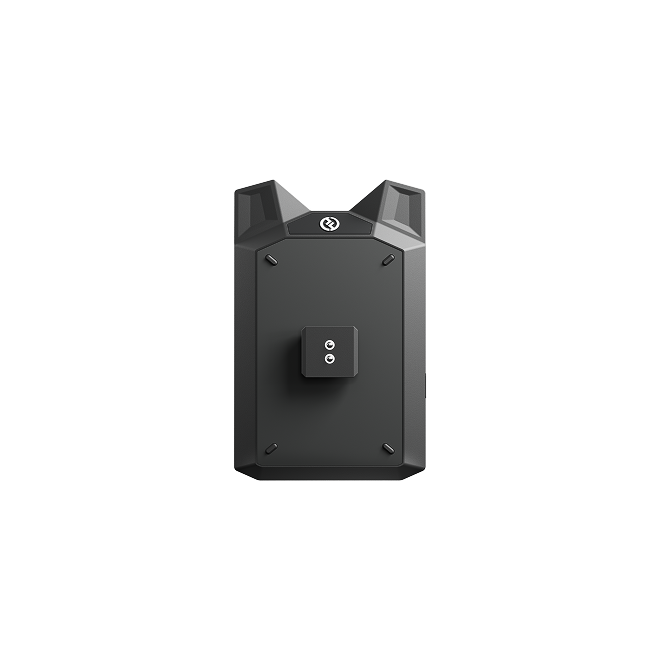

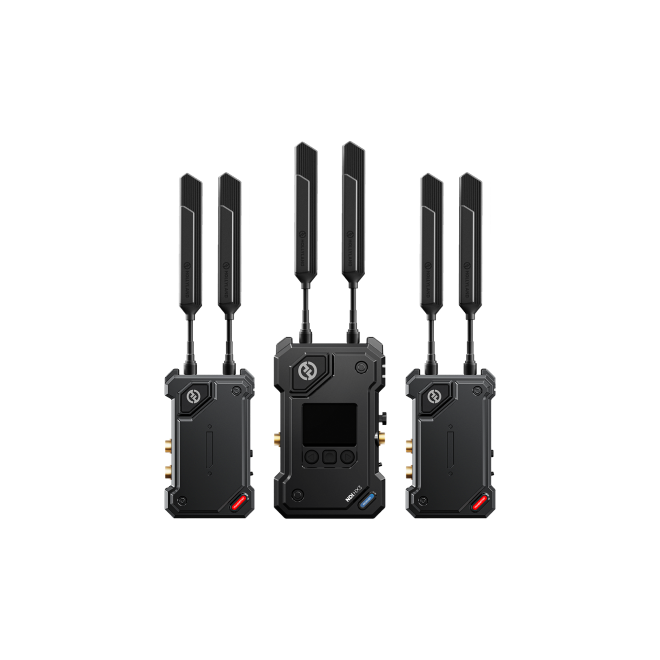
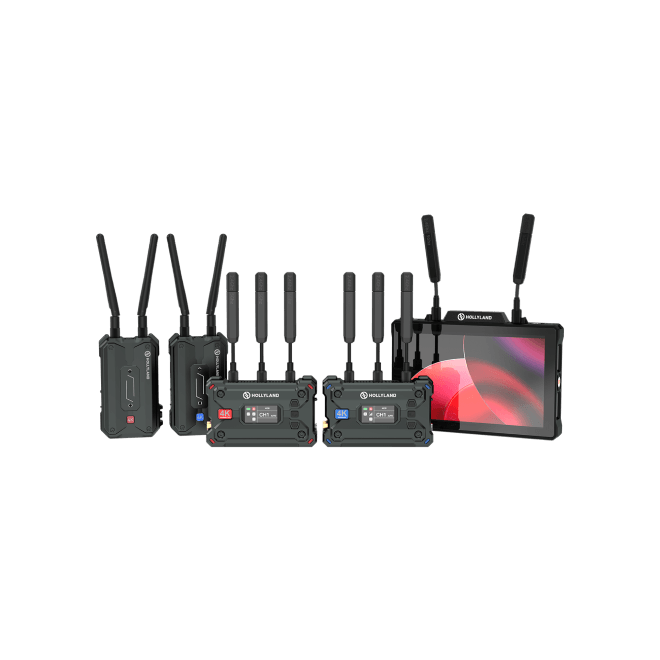
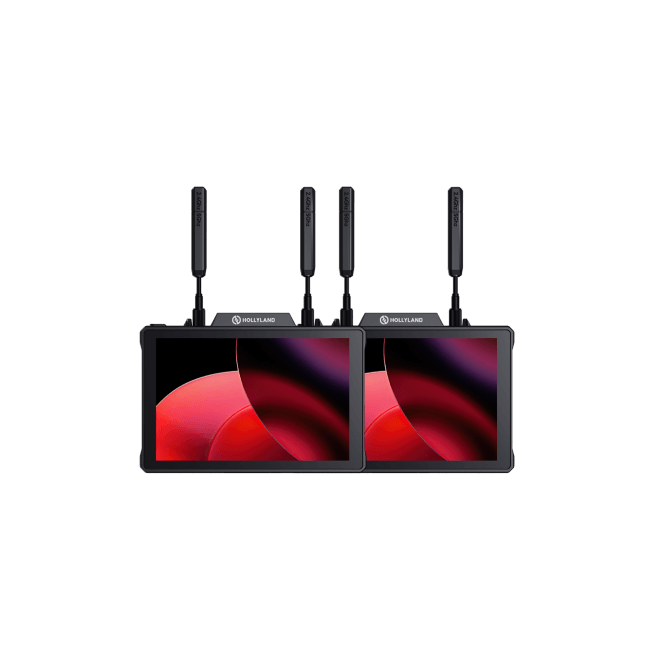
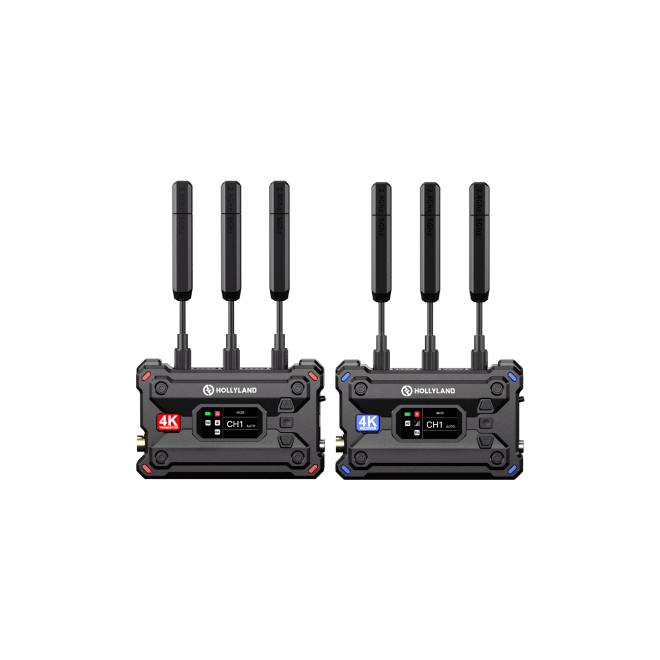
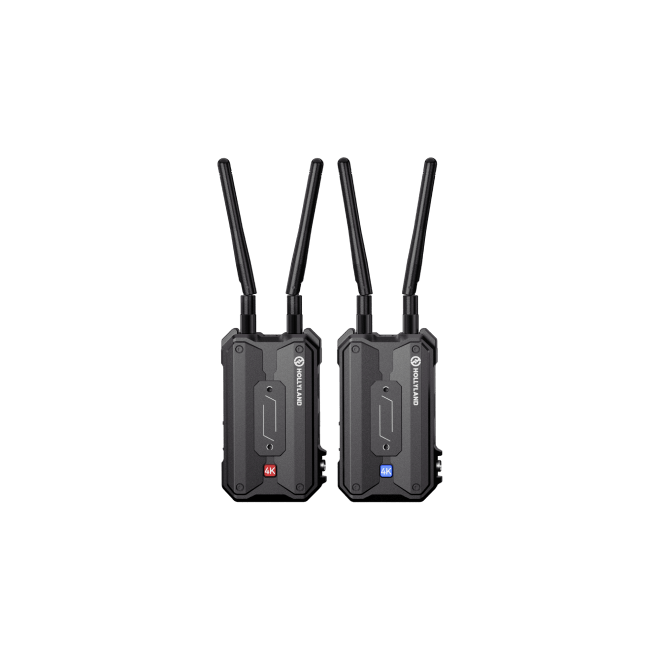
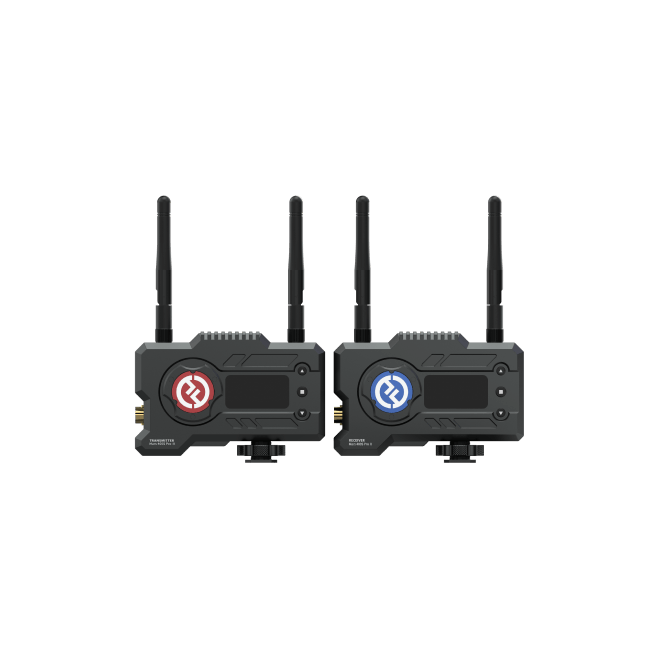

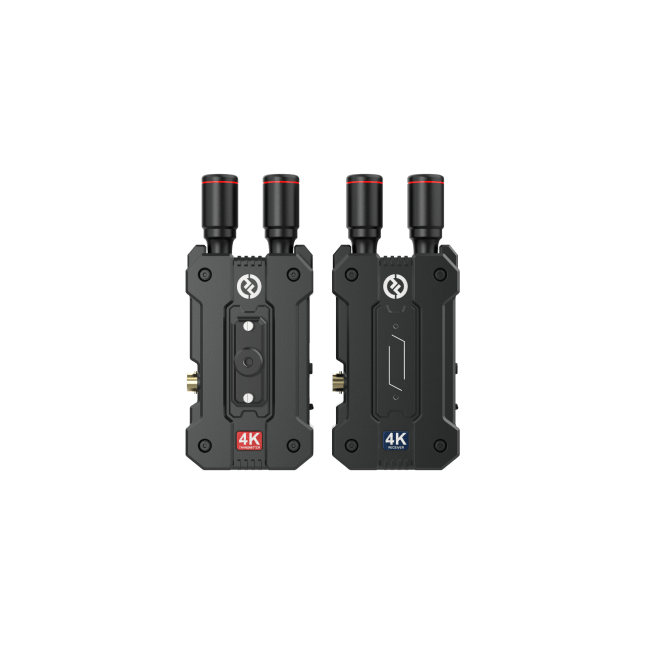
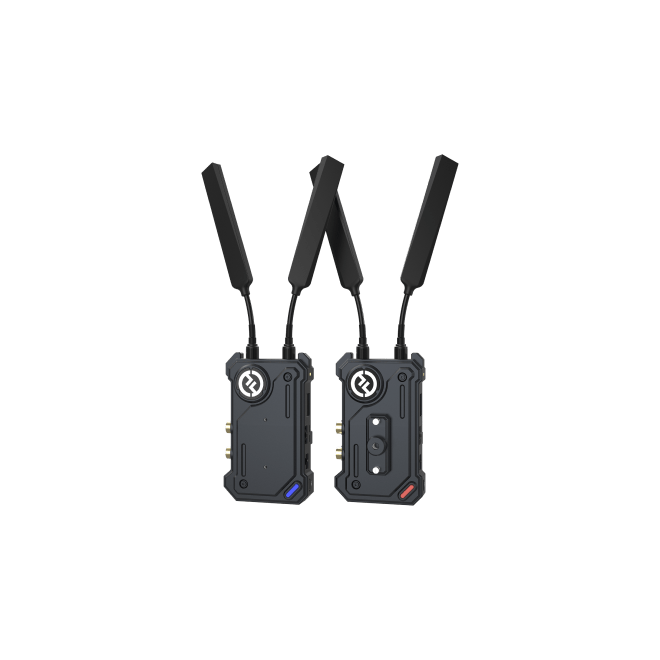
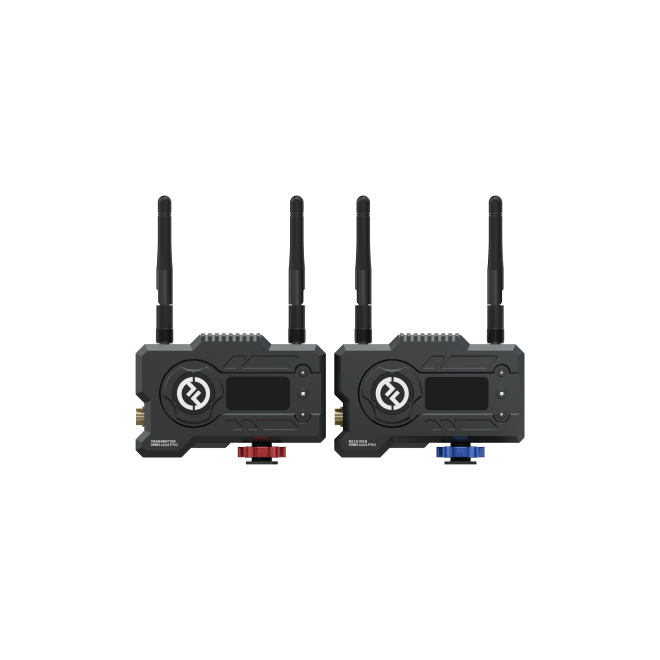
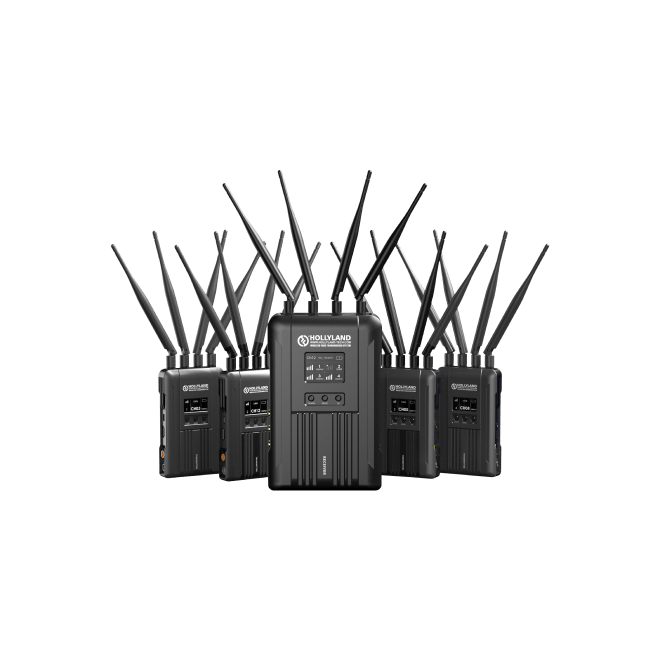
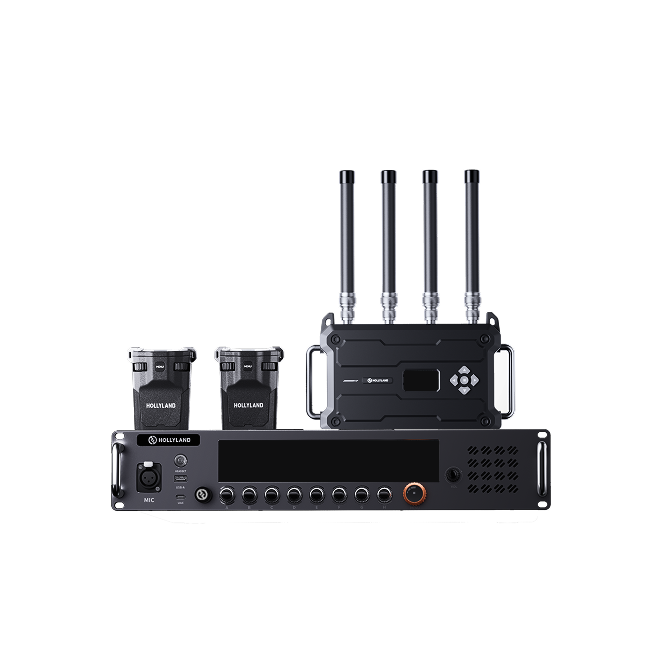

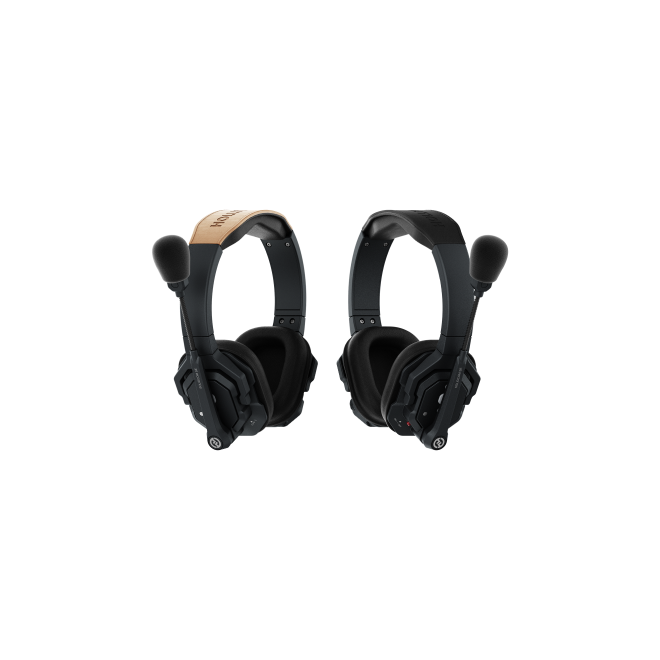

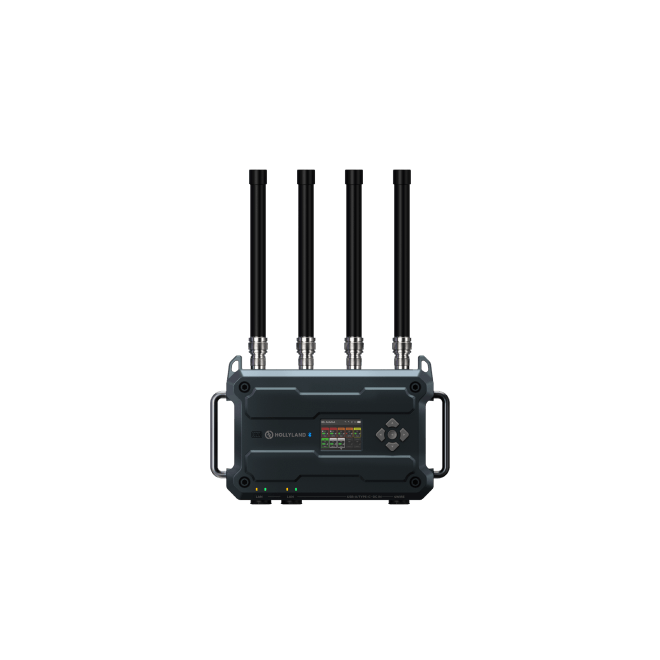
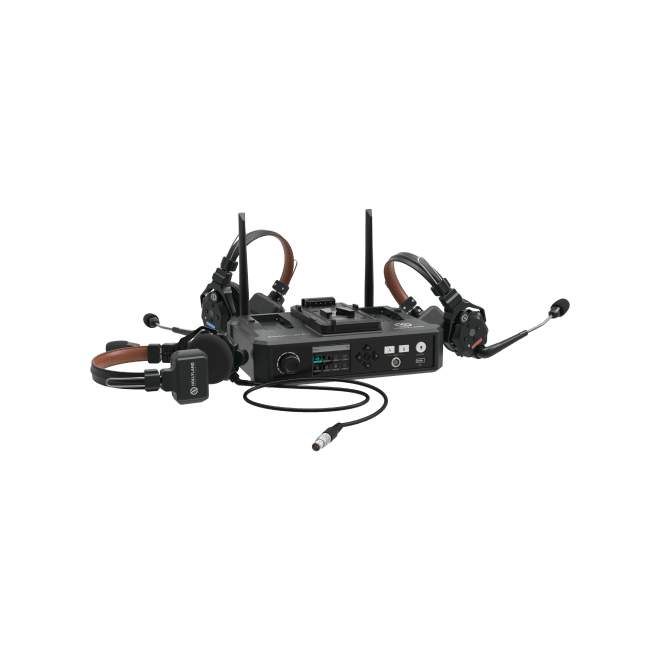
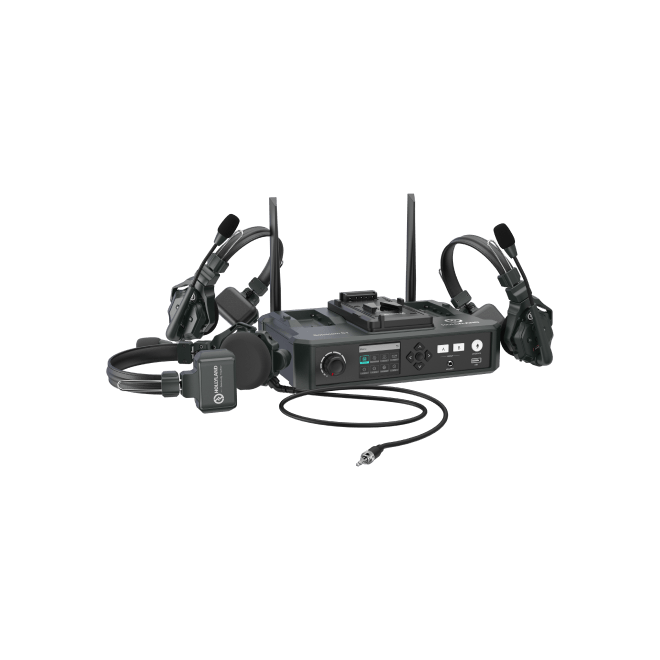
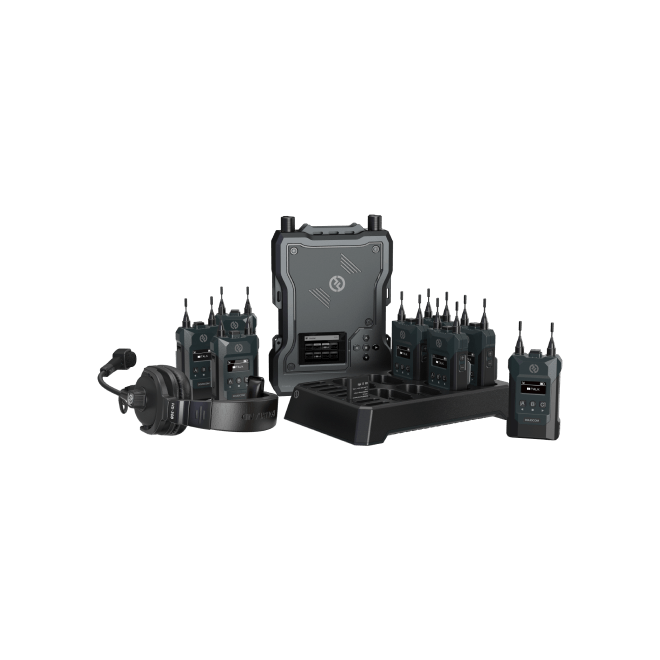
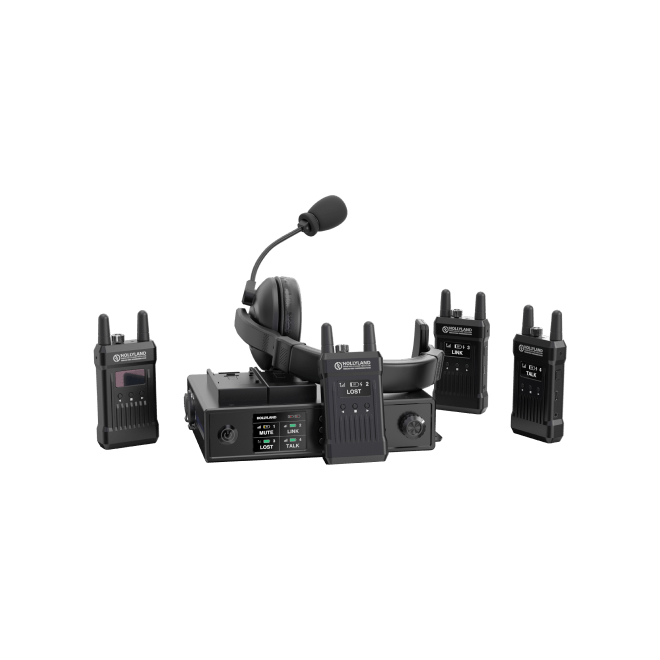
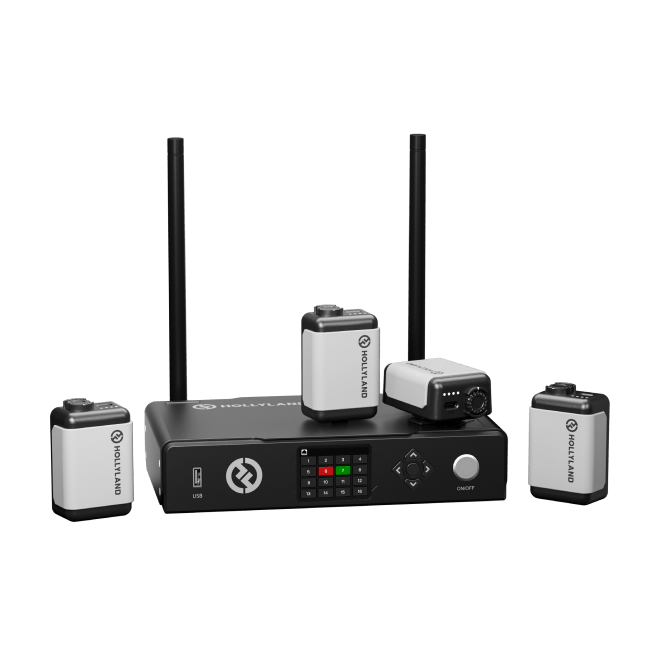
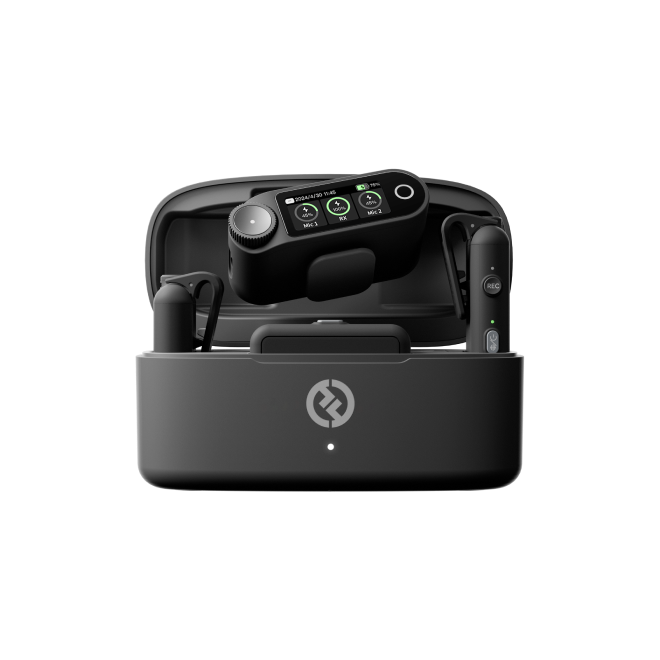
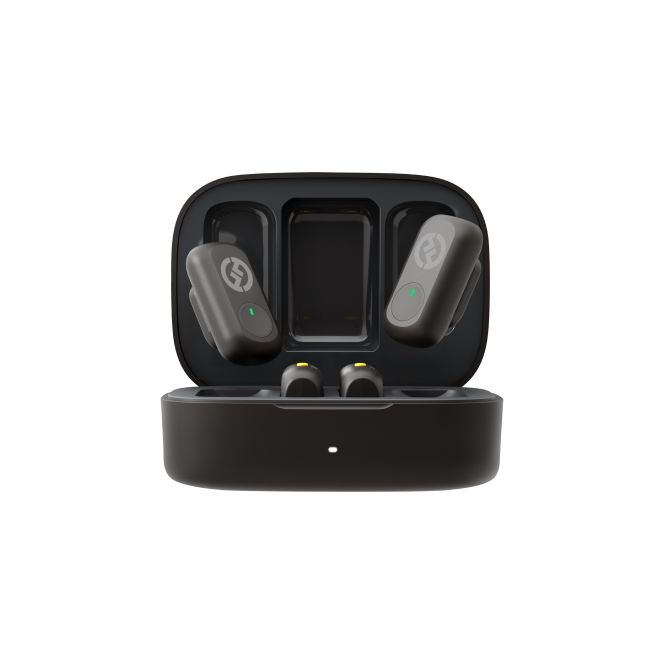

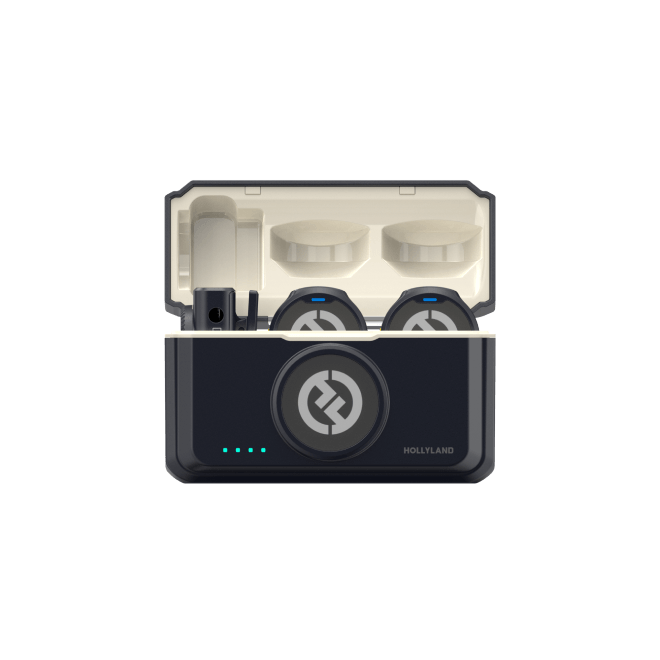
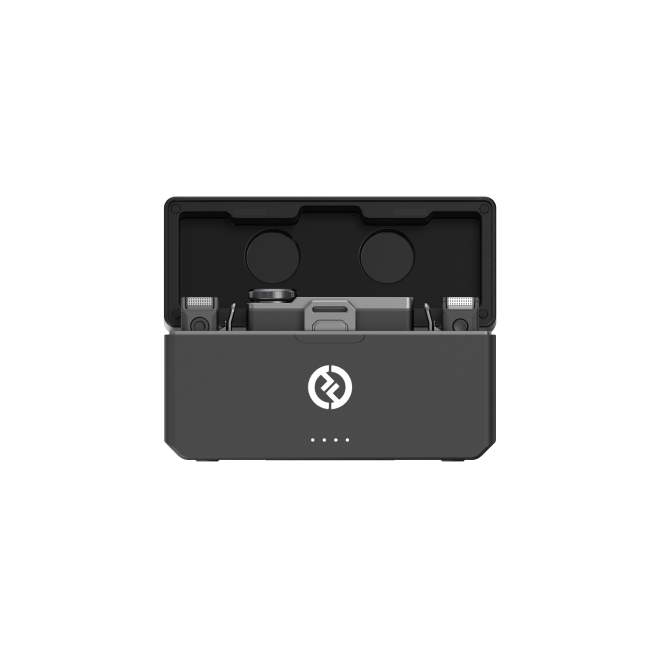
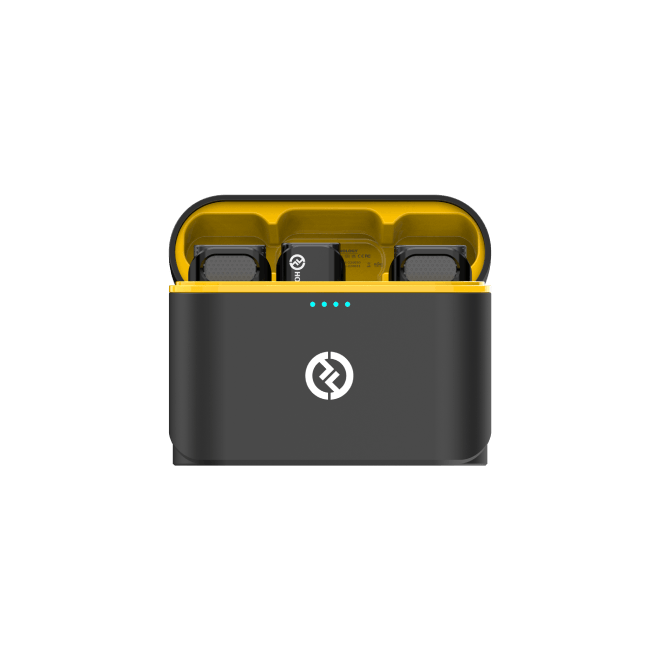
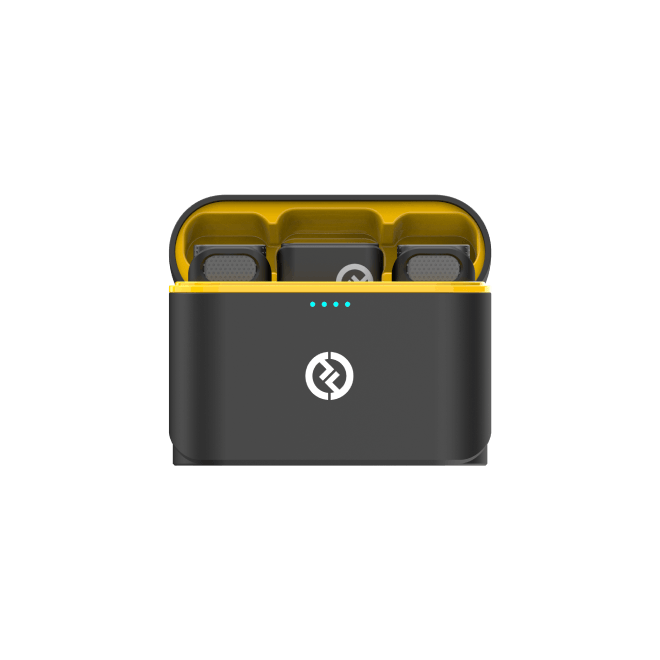
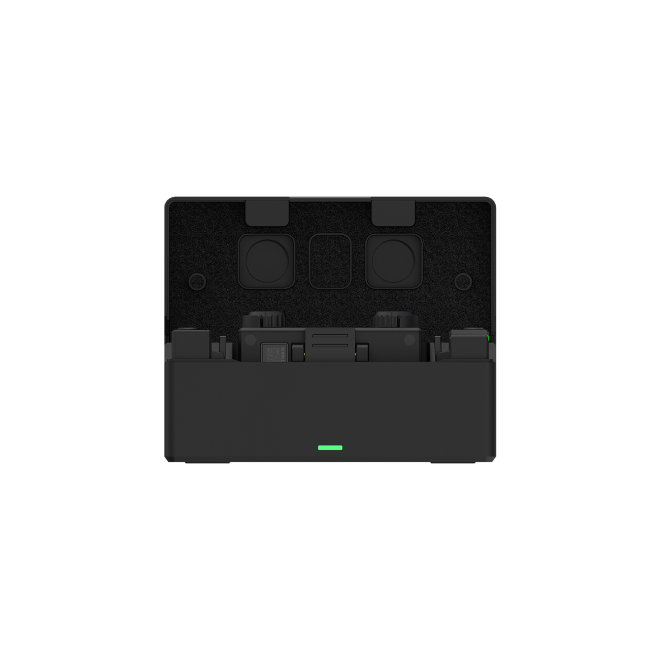

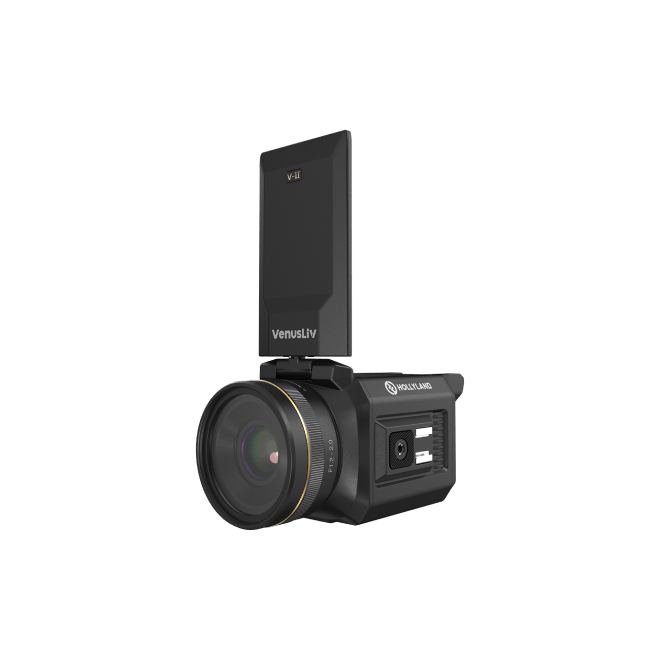
.png)


